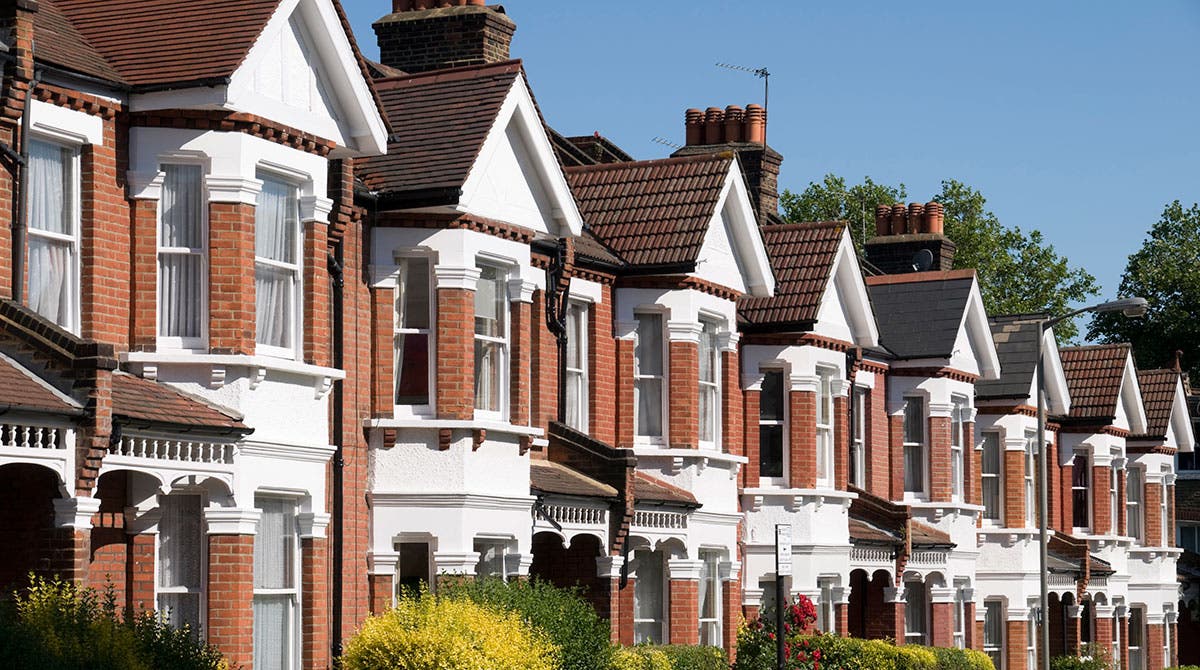Last year saw a record number of companies set up to hold buy-to-let property. In total there were 47,400 new buy-to-let companies incorporated in 2021 across the UK according to Companies House data.
This is nearly twice the number that were set up in 2017 when it was announced that investors with properties in their personal names would no longer be able to claim mortgage interest as an expense. While individual landlords are effectively taxed on turnover, company landlords are taxed on profit. This has meant that for some landlords – particularly those who are higher rate taxpayers – it has become more profitable to move their buy-to let(s) into a company.
However, the rate of growth in new incorporations fell compared to previous years, with a 14% increase recorded between 2020 and 2021, down from a 30% increase recorded between 2019 and 2020.
While the number of buy-to-let companies up and running in the UK passed through the 200,000 mark as the country emerged from the first lockdown, by 2021 this figure rose to a new total of 269,300. 61% of these companies have been set up since the withdrawal of mortgage interest relief which began in April 2017.
The average buy-to-let company has been operating for 9.2 years, a figure which has fallen amid the rising number of new incorporations over the last five years. At the other end of the scale, 7,900 or 3% of companies have been running for more than 50 years, while 440 have been going for more than a century.
50% of new buy-to-let mortgages in 2021 were taken out by a company rather than someone buying in their personal name, meaning we estimate that around half of all new landlord purchases last year used a company to hold their buy-to-let. 40% of these new purchases went into a company which was less than a year old, suggesting newer landlords still account for a sizable proportion of growth.
Buy-to-let companies currently hold a total of 583,000 mortgaged properties, accounting for around 29% of all existing buy-to-let mortgages nationally. This figure has increased from 26% over the last 12 months.
The bulk of new buy-to-let companies set up in 2021 were in London and the South East, with the two regions together accounting for 45% of all new incorporations. These two regions have long led the incorporation charge given higher rents mean the tax advantages from incorporation are generally larger. Only the North East, the cheapest region in the country, saw fewer (-6%) buy-to-let companies set up in 2021 than in 2020.
Northern Ireland (36%) has seen the biggest annual increase in the number of new buy-to-let companies set up, albeit from a low base.
While the number of buy-to-let incorporations has continued to grow, around 25,100 have closed their doors since the onset of the pandemic. 15,200 companies closed in 2021 which equates to around 6% of all buy-to-let companies up and running today. The average company closed down after 5.8 years, a figure which has fallen steadily in recent years as the number of incorporations has increased.
RENTAL GROWTH
Despite rental growth across Great Britain peaking over the summer months, an annual growth figure of 7.2% recorded in December 2021 means that rents were rising at around twice the rate recorded in December 2020. This compares to a peak of 8.7% in July 2021 and 7.9% in November 2021.
For the sixth month running, rents grew faster in the South West (12.8%) than in any other region. This growth means that average rents have now surpassed £1,000 per month in all four Southern regions of Great Britain: London before our records began in 2012, the South East in July 2016, East of England in December 2020 and the South West in December 2021.
Rental growth continued to strengthen in Greater London on the back of a recovery in Inner London. Inner London rents rose 8.6% over the last 12 months, the fastest rate since March 2016. This leaves the average rent here just 2.0% below where it was on the eve of the pandemic in January 2020.
Rental growth (3.7%) in Outer London has remained considerably more stable, returning to its pre-pandemic trajectory.

